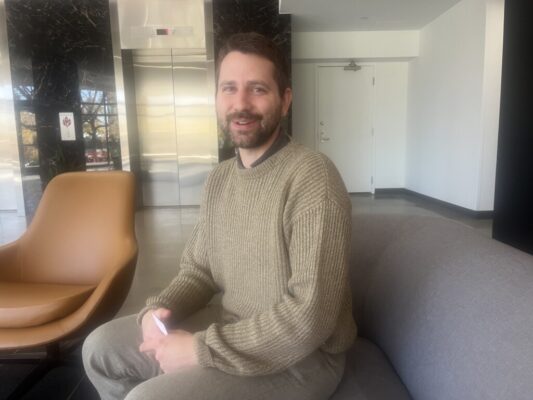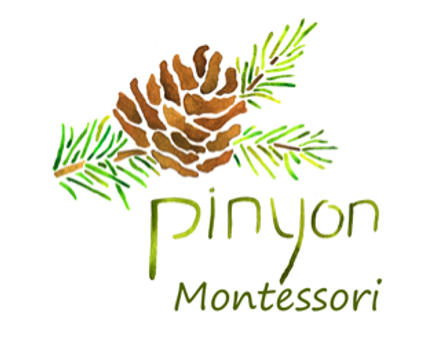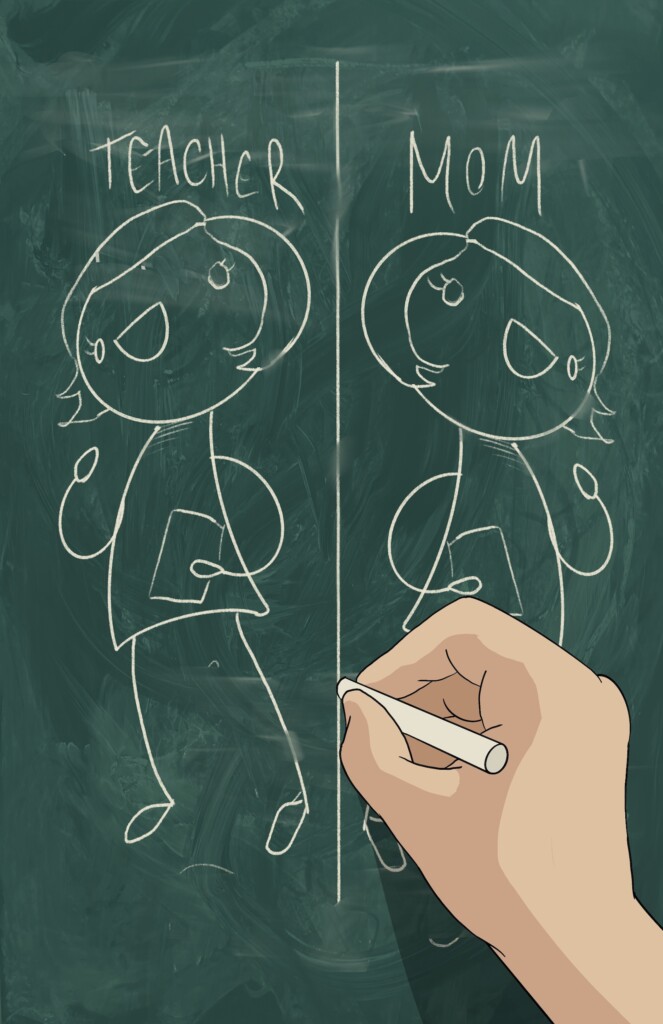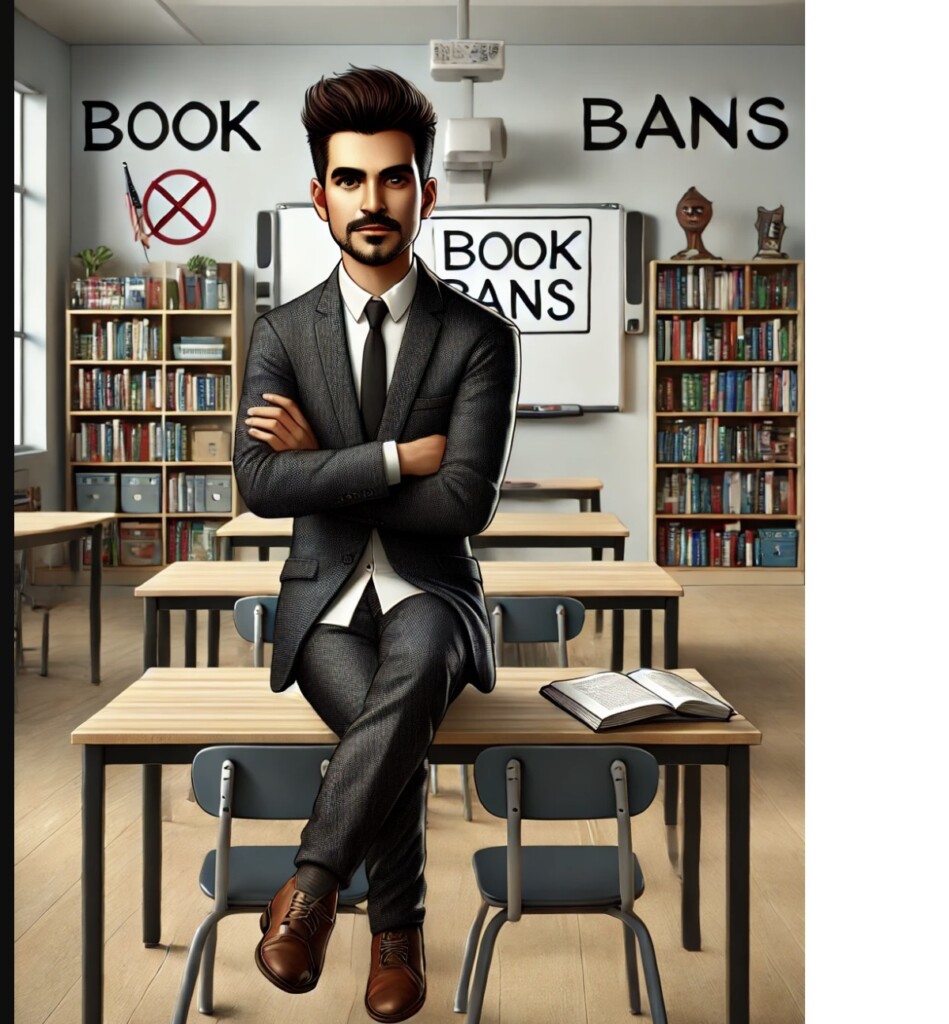Utah Stories spoke with Chip Reichanadter, the Elementary Guide and Board Chair for Pinyon Montessori. He hopes Pinyon will be different from other schools in Utah offering access to a Montessori school for different types of families.
“There’s just not a school like us in Utah. We created it because we saw so many barriers to access for other families,” Reichanadter said. “While there are many fantastic Montessori schools, we can offer something the others can’t. And both are valid, and we’re happy to be a part of that network of other schools, but it is revolutionizing the way we think about private education and Montessori education.”
The launch of Pinyon Montessori, a non-profit micro school that aims to redefine education in Salt Lake City, has one classroom, but eventually there will be two classrooms for 3- to 12-year-olds.

“Families pay what they can to our school, so it’s accessible, which is different from most Montessori schools. Families fall into a tier based on their income and their household size. And we also take special considerations into consideration, so that they can pay a tuition that is based on their income versus just a set amount,” Reichanadter said.
Another factor unique to Pinyon is that it is a Wildflower Network school which means that Pinyon works with other Montessori schools to share fundraising and grant opportunities. Wildflower was started by a dad who wanted his child to go to a school that had a true community, Reichanadter said. “From that he created a network of schools so all of them work together, while they are not linked together, each is autonomous and independent; they all work as a network to promote liberatory practices in education, to make Montessori accessible, and to bring about authentic Montessori.”
Reichanadter said that the tuition factor is really what sets Pinyon apart. “It’s difficult to bring in diverse people based on socioeconomic levels just alone. Marginalized people and historically those who have barriers to access typically tend to be families of color, immigrant families, undocumented families, and that alone gives more access to diversity in the school. We practice an anti-bias, antiracist model in our school, and we will accept any family regardless of where they come from or who they are.”




